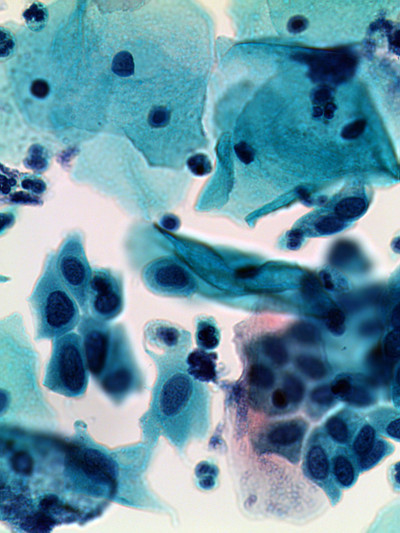Laboratory Services
ESR (Erythrocyte Sedimentation Rate)
Print this pageUpdated Test Information:
| Test Description |
ESR (Erythrocyte Sedimentation Rate)
|
|
|---|---|---|
| Synonym(s) |
ESR, Erythrocyte Sedimentation Rate, Sed Rate |
|
| Test ID |
ESR
|
|
| Performing Lab |
Incyte Diagnostics |
|
| General Information |
Evaluate the nonspecific activity of infections, inflammatory states, autoimmune disorders, and plasma cell dyscrasias |
|
| Specimen Type |
Whole Blood |
|
| Specimen Requirements |
Lavender |
|
| Specimen Collection / Processing Instructions |
Lavender - Invert tube 8 to 10 times immediately after collection |
|
| Minimum Sample Volume |
1 mL |
|
| Stability |
4 hours room temperature |
|
| Unacceptable Specimen Conditions |
Hemolysis; clotted specimen; specimen drawn in any anticoagulant other than EDTA; specimen diluted or contaminated with IV fluid; tube not filled with minimum volume; improper labeling; transfer tubes with whole blood; specimen received with plasma removed. |
|
| Limitations |
Optimum results are from blood less than two hours old. The ESR is of limited diagnostic value in severe anemia or in hematologic states that affect increased size and shape variation (poikilocytosis) of the RBC (ie, presence of sickle cells or spherocyte) |
|
| Methodology |
Westergren |
|
| Estimated TAT |
0-2 days |
|
| Testing Schedule |
Monday-Saturday, & STAT |
|
| CPT Code(s) |
85651 |
|
| Reference Range |
Male: 0 – 15 mm/h Female: 0 – 20mm/h |
|
| Reflex Conditions |
None |
|
| LOINC Code(s) |
4537-7 |
